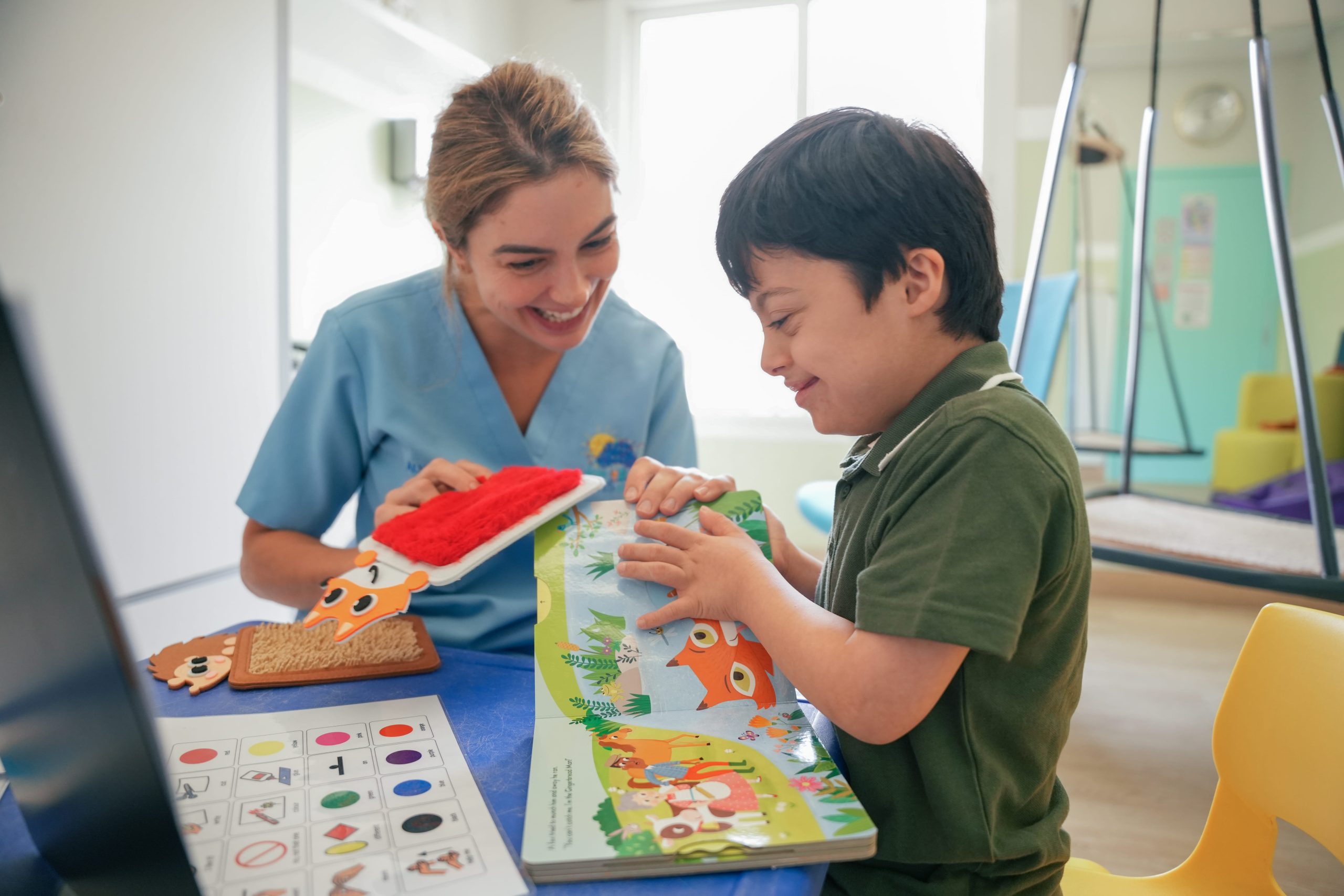
The first appointment with a speech therapist is a significant step. You have observations and hopes for your child’s communication development. Walking into that initial session prepared with thoughtful questions can build a strong partnership from the start.
The right dialogue opens doors to knowing the process and sets clear expectations for everyone involved. This preparation turns a simple meeting into a productive foundation for growth.
What will the first session look like?
Ask the best speech therapist in Dubai to describe the structure of the initial appointment. Will it involve direct play with your child, a formal assessment, or a conversation with you? Knowing the format helps you prepare your child appropriately. For instance, the therapist might use a game with picture cards to assess sound production or engage in pretend play with a toy house to observe how your child uses language to describe actions. Knowing the plan reduces uncertainty.
What are your immediate goals for my child?
Therapy is a step-by-step process. Inquire about the short-term objectives the therapist has in mind. These should be specific and observable. A clear goal could be “increasing the use of two-word phrases during play” or “correcting the production of the ‘k’ sound in the initial position of words.” This gives you a concrete idea of what progress to look for in the coming weeks.
How will you make the activities engaging?
Effective speech therapy for children is built on engagement. Ask the therapist about their approach to making sessions fun and motivating. They might describe activities like using a wind-up toy to practice specific sounds or reading an interactive book that encourages finishing sentences. The goal is to create a positive environment where your child is an active participant.
What specific activities can we expect?
Request examples of the kinds of exercises or games that will be part of the sessions. A therapist might explain activities like sorting objects by their beginning sounds, using a mirror to practice mouth movements for specific letters, or engaging in a barrier game where your child must give clear instructions to complete a task. This clarifies the process and connects the fun to the learning objective.
How can we support this work at home?
Carryover of skills into daily life is important. Ask for specific strategies you can use at home. The therapist might suggest incorporating a particular word list into bedtime reading or using a specific prompting technique during mealtimes to encourage longer sentences. Your role in reinforcing these skills is important, and the therapist should provide practical tools.